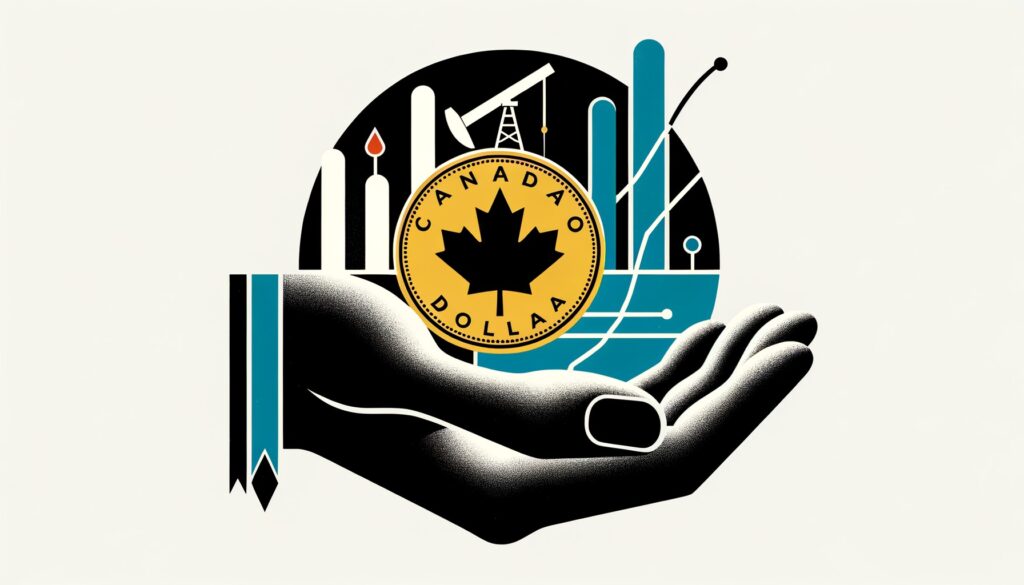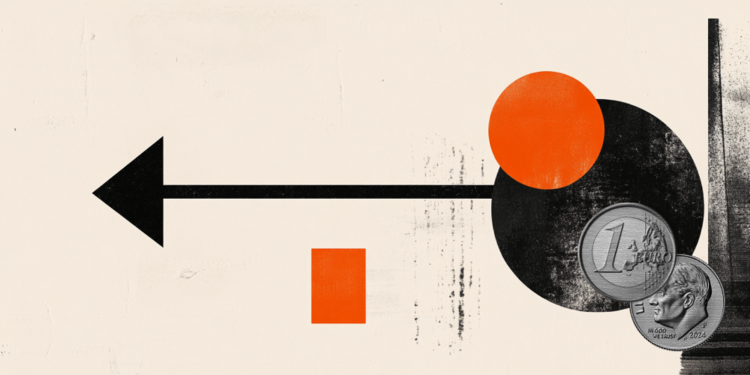What’s going on here?
The Canadian dollar (CAD) held steady against the US dollar on Friday, marking its biggest weekly gain in eight months with a 1% rise for the week.
What does this mean?
Despite Canada shedding 2,800 jobs in July and the unemployment rate sticking at a 30-month high of 6.4%, the CAD traded nearly unchanged at 1.3730 per US dollar. This followed a near two-year low of 1.3946 earlier in the week. Analysts had expected the job market to improve with a forecasted gain of 22,500 jobs and a slight uptick in unemployment. The muted domestic job data hasn’t swayed the anticipated rate cuts from the Bank of Canada (BoC), with markets fully pricing in a 25 basis point cut in September. The BoC, having already slashed its benchmark rate twice since June, is expected to reduce it further from its current 4.50%. Investors foresee another quarter-point cut on September 4 and two more by the end of the year.
Why should I care?
For markets: Navigating newfound strength.
The CAD’s rise is more about short-covering than a market sentiment shift, according to Bannockburn Global Forex LLC. Speculators have ramped up bearish bets on the CAD to record levels, driven by the US Commodity Futures Trading Commission’s data. Meanwhile, US oil prices increased by 0.9% to $76.85 a barrel, alleviating some demand concerns. This activity has played a role in steadying the Canadian dollar.
The bigger picture: Interest rates in focus.
The Canadian 10-year yield dipped by 5.6 basis points to 3.120%, mirroring movements in US rates. With the BoC’s interest rate trajectory and global macro factors shaping market dynamics, investors are navigating a landscape where geopolitical uncertainties and central bank moves dictate the play. These factors underline the interconnectedness of the Canadian and US economies, especially in terms of monetary policy impacts.






